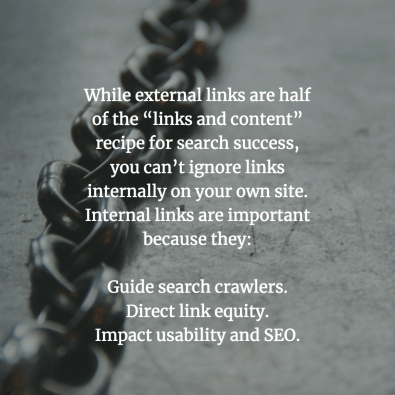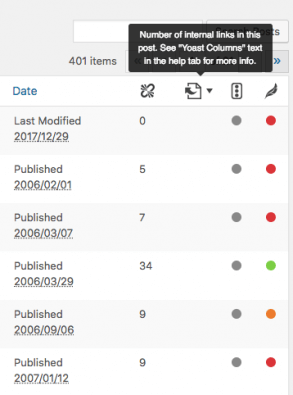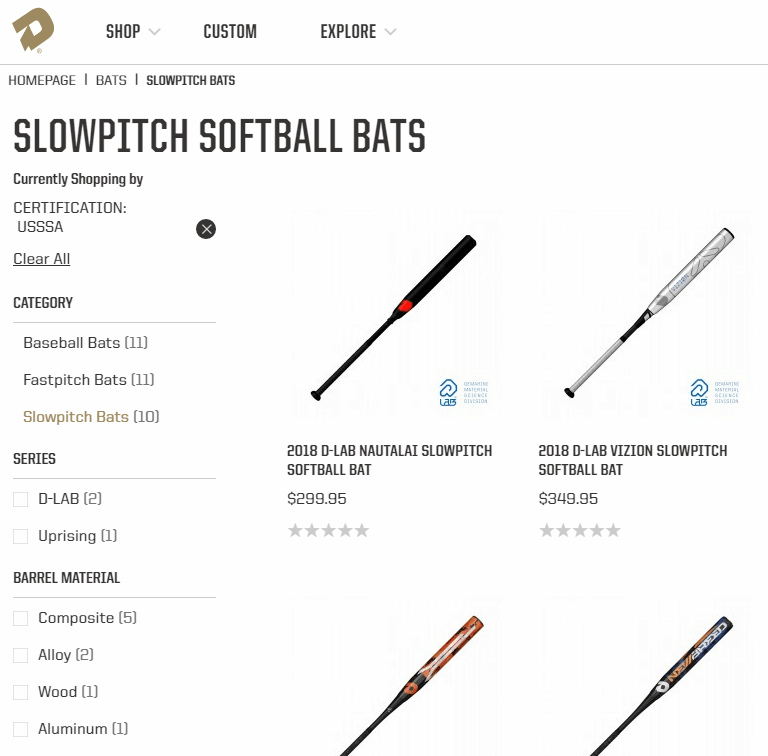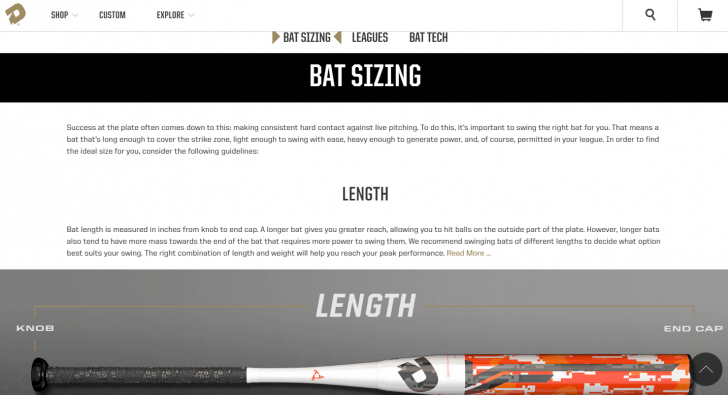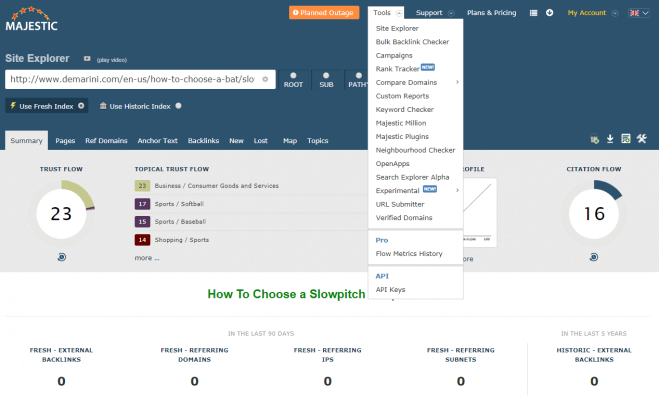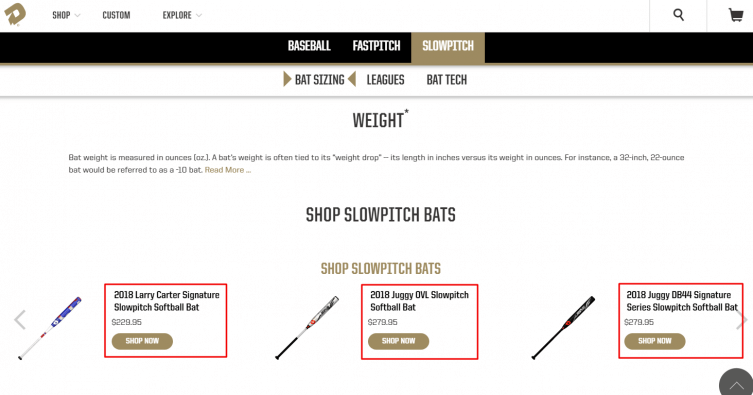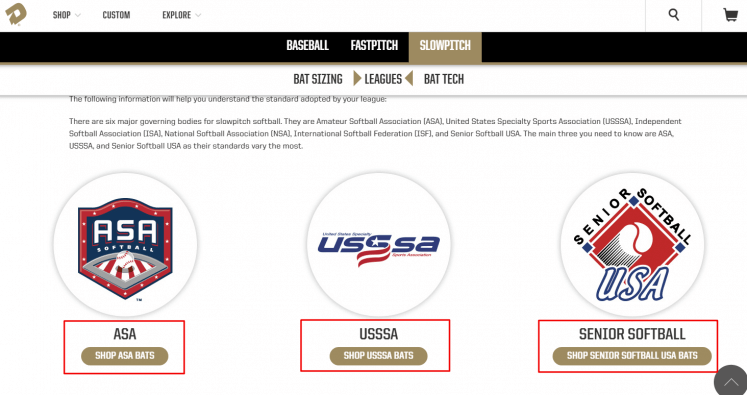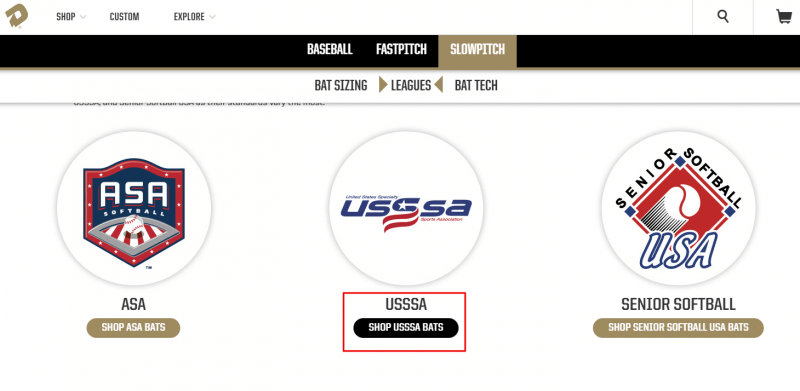Links and content.
We know these are the two driving factors behind search rankings and visibility. There have been numerous studies on the subject, and a Google employee even flat out said this is the case.
Because of the importance of content and links, most site owners focus the majority of their optimization efforts on publishing quality content and then securing relevant links to those pages — a sound SEO strategy. If you’re interested in following through with that strategy, we published a 15 step guide to link building that might interest.
This post will focus on the internal.
However, I’ve noticed a common mistake among the prospective clients we see at Page One Power that is holding many sites back. Some of the clients that come to us are so focused on earning external links from other sites they neglect the internal links on their own website. Link building should come last — technical and onpage SEO elements such as internal linking need to be optimized first.
Why Are Internal Links Important For SEO?
While external links are half of the “links and content” recipe for search success, you can’t ignore links internally on your own site. Internal links are important because they:
- Guide search crawlers.
- Direct link equity.
- Impact usability and SEO.
Let’s walk through each point individually.
Internal Link Architecture Guides Search Crawlers
First and foremost, internal links are important because they help search engines better understand your site.
Search engines use crawlers to travel through your site and gather information to help them understand your content and pages. Internal links help these crawlers navigate and recognize which pages are most important.
A large number of internal links pointing to a specific page signals that page is important and helps search engines determine which pages to return in their search results.
Sometimes a broader category page will rank above a specific product page for a query about that specific product — this is less than ideal.
For example, a company that sells different types of bats could see their general “Bats” category page ranking above their “Softball bats” page for the query [cheap softball bats]. Internally linking to the “Softball bats” page could help Google recognize it should be returning that page for the given query.
Don’t Underestimate The Importance of Internal Link Anchor Text!
Anchor text is also important for internal linking. Unlike external links, where over-optimization of anchor text is manipulative and can lead to penalties, internal links should have optimized anchor text. Using keyword-rich anchor text is helpful to both search crawlers and users clicking the link.
For our bat company example, keywords like “softball bat” as the anchor text for their internal links would be the most beneficial.
You want to make sure Google pulls the right product page for any searches with commercial intent, and you can help this by linking internally to important, relevant pages.
Google Search Console offers an Internal Links Report that will show you how Google views your pages and internal links. You can use this report to identify any potential issues with your internal link structure.
[However, that tool only will report the number of links internally. You may want to review your site with your SEO crawl tools to identify your internal anchor text distribution for missed, natural opportunities. If you’re using WordPress and Yoast SEO then paying attention to those little icons on the right side of the table can help. That column will tell you how many internal links you have in your post, so if it’s blank you’ve got some work ahead!]
Of course, you don’t want to plaster your site with internal links as there is a point of diminishing returns and too many shoehorned internal links can lead to poor user experiences. These links should be as natural as any external links you secure and point to relevant pages that benefit readers.
Internal Links Direct Link Equity
The linking structure of your site determines how link equity is distributed across your site. Without proper internal linking, you might not be getting the most out of your offsite optimization.
One of the most difficult parts of SEO is link building. The reason backlinks are such a powerful ranking factor is because links are secured through merit.
Internal links will help distribute the equity you earn from building links to your important pages. This case study from Moz demonstrates how integral internal links can be to ranking pages in search.
Furthermore, some pages are inherently difficult to build links to. For example, very few sites are going to want to link to your category pages. These types of pages don’t attract links because they offer little incentive for another site to link — they aren’t link-worthy.
A link-worthy page provides clear and compelling value to a specific audience online, to such a degree that another site is willing to link their audience to the page.
If your page is simply a list of products, it’s going to be difficult to convince other sites to link.
However, this does not mean it’s impossible to influence these pages with links. Internal links can help you overcome the challenge of driving link equity to pages that lack linkable attributes.
To understand this concept, let’s examine a site implementing a sound internal linking strategy. Since baseball and softball seasons are starting, let’s look at bat-maker DeMarini.
As an ecommerce site, DeMarini of course has product pages:
While this is an important page for DeMarini, other sites aren’t likely to be compelled to link to page listing bats for sale.
However, DeMarini does have a page that would qualify as link-worthy: their bat sizing guide. This guide is informative, well-designed, and visually engaging:
I would expect this page to be linkable as the content is genuinely helpful. It’s also directly relevant to their category page. However, it appears DeMarini hasn’t done much promotion with this page as Majestic shows no external backlinks:
Regardless, with the right promotion to the appropriate audience this page could secure worthwhile links.
But what about DeMarini’s converting bat pages?
Scrolling down the page, I find that DeMarini has internally linked to specific bat pages:
As well as their important category pages:
And what do you know? One of those links points straight to the product page I highlighted earlier:
This is a great example of how you can use a linkable asset and internal links to funnel link equity to category or product pages that are difficult to secure links to. I would also encourage DeMarini to add some internal links with optimized, keyword-rich anchor text as well.
Although DeMarini’s page currently doesn’t have any link equity from external sources, I’m confident they could secure some great links with a bit of manual promotion. (Note: Further research revealed that DeMarini’s parent company, Wilson, has duplicated this guide across all their brands. The Louisville Slugger version has 732 referring domains, according to Majestic.)
Internal links give you the ability to better control how link equity is distributed throughout your website.
Poor Internal Linking Impacts Usability and SEO
Internal links require upkeep and maintenance, making regular site audits necessary.
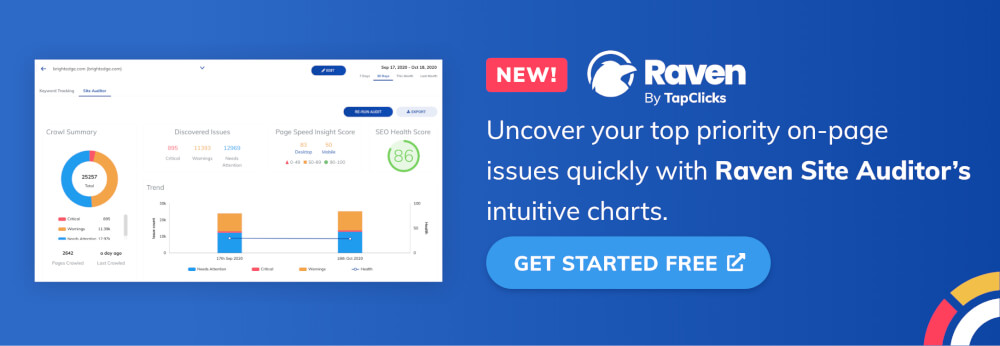


Your site changes and evolves over time, and this leads to broken links. Broken internal links impact SEO and cause poor experiences for visitors on your site.
Any time you migrate or delete a page you need to also redirect any links pointing to that page to the new page or another relevant destination. Google’s Internal Link Report can be helpful here too.
Other options for finding broken links on your site include:
- Google Search Console
- Raven Site Auditor
- Xenu’s Link Sleuth
- Check My Links (Chrome Extension)
Finding broken internal links is crucial to SEO and ensuring link equity from external links flows appropriately throughout your website.
Recap: Why You Should Focus On Internal Links For SEO
Internal links are equally important to external links and should not be overlooked.
While external links are one of the driving forces of search rankings and visibility, internal links also impact SEO. To review, internal links:
- Inform search crawlers – internal links indicate which pages are important to search engines and visitors.
- Naturally deteriorate over time – fixing broken internal links will benefit your SEO.
- Direct link equity – internal links direct valuable link equity to your converting pages.
While you should absolutely pursue external links for your website, don’t forget to manage your internal links as well to ensure your site is optimized for search.
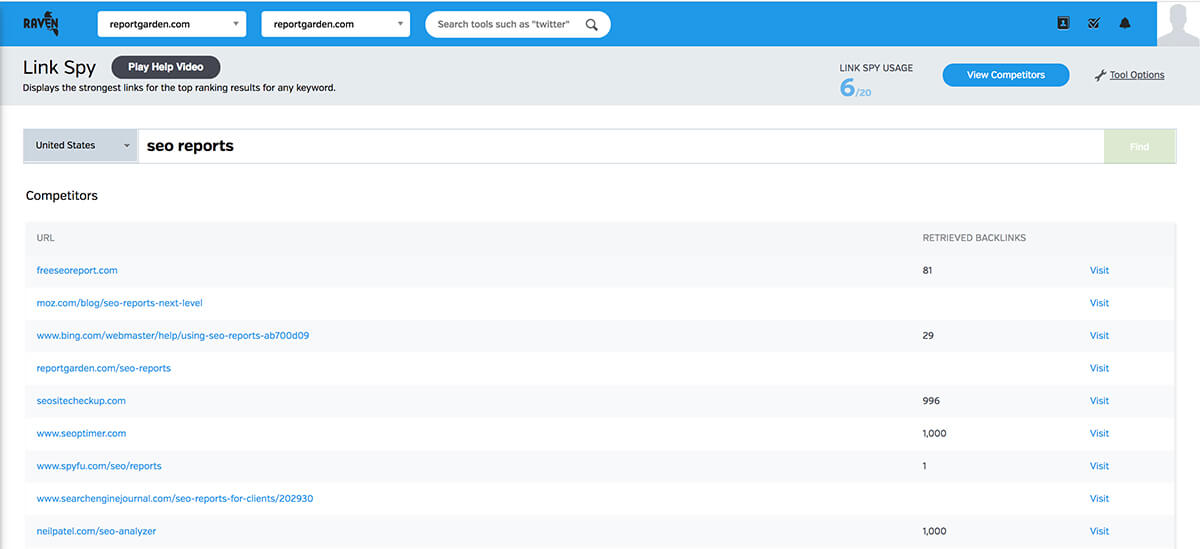
Link Spy helps you find top-quality links based on those websites that are already ranking for your focus keywords.




